One of my biggest regrets is that I never got to experience the Dungeons & Dragons fandom during its heyday in the ’80s and ’90s. Still, I’ve been intrigued by video games and tabletop games that are either based on or are loosely influenced by it. That brings us to Solasta: Crown of the Magister which is set to leave Early Access tomorrow.
Solasta: Crown of the Magister aims to continue a tradition of worthwhile offerings with a classic CRPG flair. Indeed, developer Tactical Adventures even touts that it’s a faithful adaptation of Dungeons & Dragons‘ ruleset. For the most part, though, Solasta is a surprisingly decent romp that brings hours of enjoyment, though it does falter towards the end.
Ladies, gentlemen, and lizardfolk
The story of Solasta: Crown of the Magister isn’t particularly groundbreaking or deep. Your merry band of adventurers, introduced one by one through a nifty tutorial system, get summoned by the Council of Caer Cyflen. You’re tasked with investigating the supposed resurgence of the Sorr-Akkath (or Soraks), a race of vicious, lizard-like humanoids.
These reptilian conquerors are just your initial concern because something else catches your eye: a gleaming crown left on an altar. You then have a choice as to which character claims it. You simply can’t pass up on the chance.
Naturally, as a typical fantasy trope, it’s never a good idea to put a mysterious crown on your head. You realize that soon enough when the crown can no longer be unequipped. Moreover, your character experiences visions of a supposed champion who once battled the Soraks as they attempted to pour through a rift.
The Council then decides that it’s time to search for the eight gems, or the MacGuffins used to drive the plot forward. This will lead to the next steps of your journey, one that takes you through dark dungeons, lofty mage towers, and mysterious ruins.
Building your party in Solasta: Crown of the Magister
Your journey in Solasta: Crown of the Magister would be heavily affected by the companions in your four-person party. You can choose from five races (i.e., humans, dwarfs, elves, half-elves, and halflings), and some even have an additional lineage/subrace (i.e., the high elf or sylvan elf). From there, you can pick from six different classes (i.e., Cleric, Fighter, Paladin, Ranger, Rogue, and Wizard), skill proficiencies, and attributes. Do keep in mind that some elements aren’t implemented in the campaign, such as skill/speech checks for sleight of hand, investigation, performance, and various languages.
Likewise, you may choose your characters’ backgrounds (origins), along with their personalities. These aren’t strict alignments, in a way, since your party members wouldn’t care if someone’s friendly or being a jerk. Instead, you can just think of your character’s personality as what determines their disposition when having a bit of banter.
Oh, and speaking of attributes, Solasta allows you to select attribute bonuses through either dice rolls or the point-buy system. If it’s the former, you can keep rerolling dice until you get what you want. For instance, maybe you’d like a couple of 18s to put into your Rogue’s dexterity and constitution. If it’s the latter, then you simply add a limited number of points, or you can select “free edit” to reach the nominal caps for each stat. You can min-max or just “max-max,” if you catch my drift. Solasta‘s goal of giving you various options to suit your needs is highly evident in other facets of the game.
Battling creatures and making the most out of classes
In any case, actually had to cut my first playthrough short since I wasn’t happy with my default picks. Eventually, it took me around an hour to customize my characters to tailor-fit my needs. For my party, I selected a Human Paladin (Oath of Tirmar), a Dwarf Cleric (Law), a High Elf Wizard (Shock Arcanist), and a Sylvan Elf Ranger (Hunter).
You might be wondering why I have a couple of elves. Well, that’s because the battles in Solasta: Crown of the Magister are heavily reliant on the lighting mechanic. Trying to take down a creature, be it a Soraks assassin, an Orcish berserker, a vampire, or a lone wolf, would penalize you if they’re in the dark. Elves, half-elves, and dwarves would have an advantage due to the Darkvision perk, allowing them to see opponents clearly even in dim light. Humans and island halflings don’t have a similar trait, but my Paladin did have strong burst potential due to smiting with righteous radiant damage.
There are many instances in Solasta where you’d want to sneak around to position your squad. Alternatively, your dungeon crawling activities would have you using torches, cantrips, or spells to light up a room first. You’d put fire on braziers or break open windows to let the sunshine in. The Cleric could even cast a spell called Daylight in a wide AoE, which made certain early-game encounters a breeze (i.e., vampires and ghouls take damage when standing in well-lit areas).
Once you’ve scouted ahead and your party is ready, you can do a surprise attack so your opponents lose a turn. Battles would then follow your standard turn-based affair. Characters can move, attack, use a bonus action, and so on. Naturally, you’ll want to spend some time casting buffs or utility skills to pin down your targets. However, you don’t want to expend all your spells in one bout or you’ll need to rest just to recover.
A plethora of options as you explore the world
Many of Solasta‘s locales are wondrous to behold. The environments are rich and vibrant, with crisp visuals that are nothing to scoff at. Performance was also top-notch since I didn’t experience a single crash, freeze, or slowdown. Perhaps my only gripe here would be the unnecessary loading screens like when you have to rest or if a particular class has to identify an item.
Even better, your skills, spells, and other mechanics provide a multitude of opportunities as to how you’d approach encounters or explore the game world. Some characters can jump great distances if they have high strength and proficiency in Athletics. Others, meanwhile, could sneak around without getting discovered. You may push boulders and wooden obstacles to create pathways or blast stalactites so they crush an unwary foe down below. Likewise, you can cast the Fly spell so a party member can hover around, picking up loot, discovering new areas, or finding a decent sniping position.
Perhaps one of the most memorable encounters I had was when I reached a gorgeous sight, a waterfall overlooking a monastery. I had my Ranger flying around while the cautious stance (sneak) was active until she reached the opposite side of the cliff. My three other characters along the waterfalls pelted hostile goblins with arrows, crossbow bolts, fireballs, and magic missiles. Meanwhile, my Ranger kept sneaking around to shove goblins off ledges. There are many setpiece moments like this, and there’s no denying that Solasta: Crown of the Magister gives you enough freedom to play the way you want to.
It’s even helped by the fact that you can tweak so many of the game’s options. I mostly played on Authentic difficulty, but it’s also possible to change sliders and settings to affect saving throws, hit dice rolls, crafting success rate, speech checks, somatic spellcasting (i.e., requiring a free hand to cast a spell), enemy health pools, and more. Even the fast travel options let you toggle a variety of settings as you go from one destination to the next, and you may fast travel while you’re in dungeons or towns provided you’ve found a waypoint. And, yes, you can change the looks and colors of the dice being rolled to boot.
A few problems with Solasta: Crown of the Magister
Evidently, Solasta: Crown of the Magister does have a few flaws. You’ll notice issues with character faces, models, and animations during dialogue scenes. Facial expressions look very odd, as though NPCs have a dead stare. Skipping dialogue could also lead to animation bugs, such as NPCs sliding into frames like a goofy comedy routine, or standing up and sitting down constantly. Similarly, a means of permanently speeding up combat animations would’ve been appreciated. As it stands, your only recourse is to keep the spacebar held down when it’s the enemy’s turn.
The presentation of certain information could also use a bit of work. For instance, it took several hours for me to realize that you can’t turn a weapon into a “primed” version that can be used for crafting. Apparently, “primed” items can only be found as loot or by purchasing them from a specific vendor once you’ve increased your reputation. Likewise, I wondered why both a short rest (one hour) and a long rest (almost a full day) only allowed me to attune one unique item per character. Speaking of items, I’d prefer having a general/universal inventory system used by the entire party as opposed to splitting them up per character. Even with a Bag of Holding, I do have a pet peeve whenever I need to check and arrange each character’s backpack.
Then again, perhaps the most egregious problem is related to Solasta‘s main campaign. You’ll notice a lot of effort put into Solasta‘s first act as that’s the playable portion during the Early Access period. Then, it becomes stranger in the second act when a follower takes you to random locations and mini-dungeons.
The third act is where things take a turn for the worse. Without spoiling anything, let’s just say that your efforts to help out some folks would lead to your characters just shrugging after a quick escape. There’s even a section where you go through some very weird areas, seemingly with no rhyme or reason. Lastly, the final chapter feels like an extremely rushed and jumbled mess. Even a Council member tells you that you no longer need to look for the other MacGuffin gems. In a way, I was reminded of the second disk of Xenogears because of how ridiculous it became.
Can it roll a 20?
The main campaign of Solasta: Crown of the Magister took me just a little over 25 hours to complete with Authentic difficulty selected. True, the first few hours showed that the developers put a lot of attention to detail, though it does stumble the closer you get to the end. Unfortunately, replayability also suffers because of this.
However, in spite of the aforementioned issues, I still found Solasta: Crown of the Magister to be a decent and engaging experience. You’re given the means to have a memorable adventure, a plethora of options to suit your playstyle, and tactical depth to keep you on your toes. Moreover, there are a lot of sidequests, origin/background quests, and a Scavenger board where a faction picks up the loot from areas that you’ve visited. Of course, since it’s influenced by a tabletop/pen and paper RPG, filled to the brim with many dice rolls, I can’t help but be intrigued.
Lastly, there’s a Dungeon Maker feature that’s still a work in progress. I wasn’t able to test it during the course of this review. Still, I surmise that this will be a treat for Dungeons & Dragons and other RPG fans once people can share modules or crafted worlds.

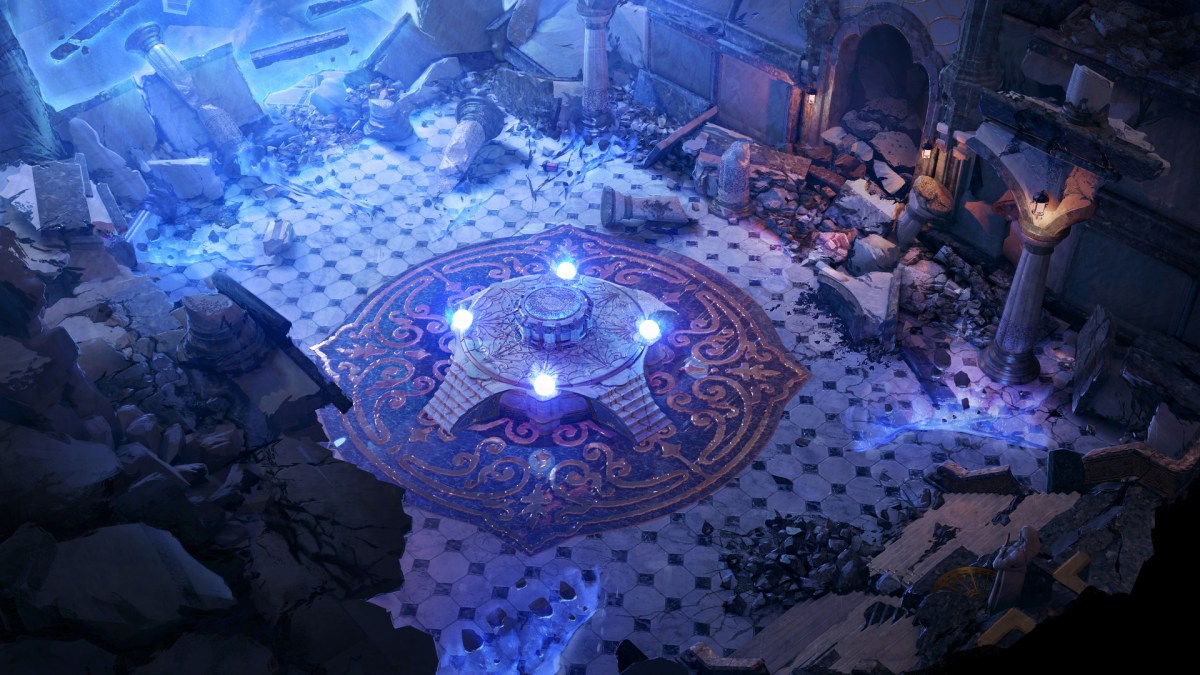
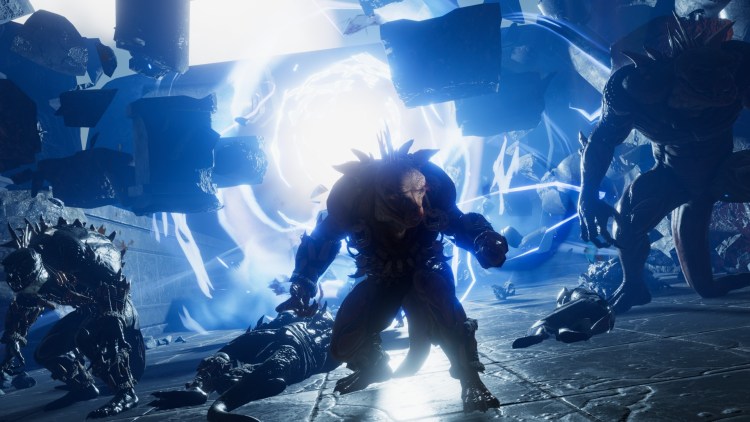

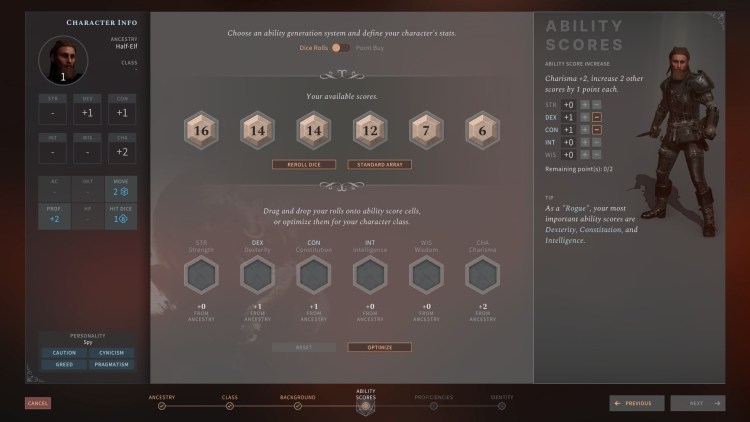
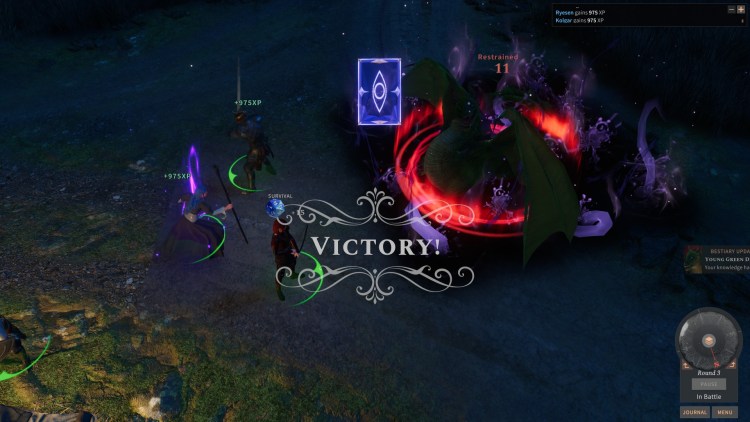



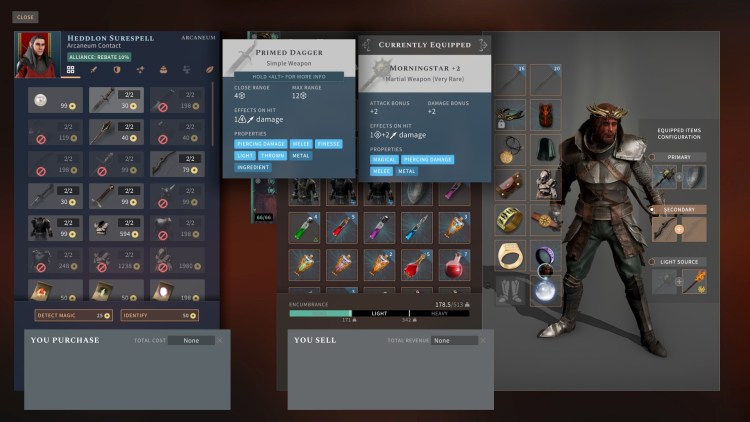







Published: May 26, 2021 01:00 pm